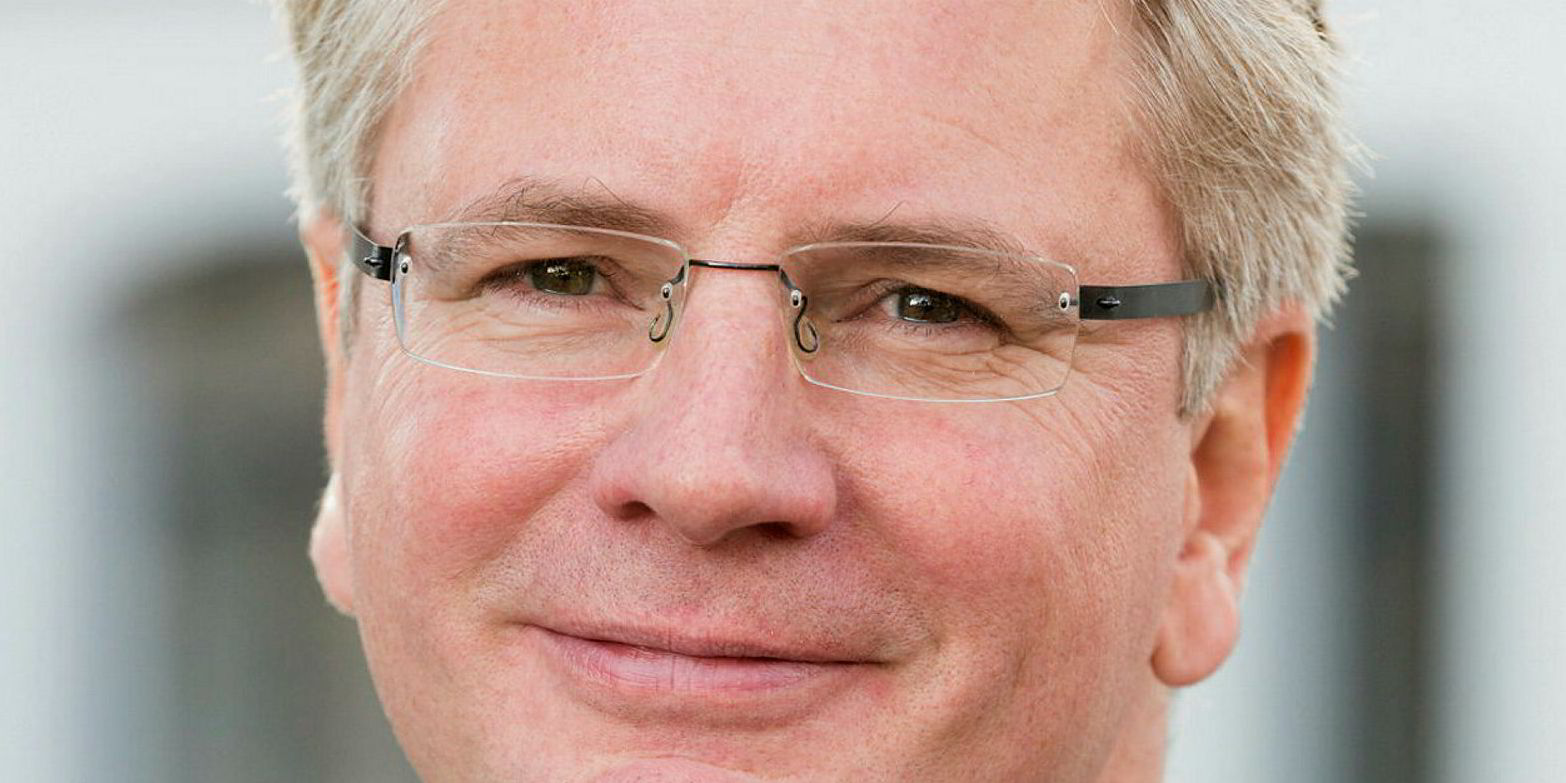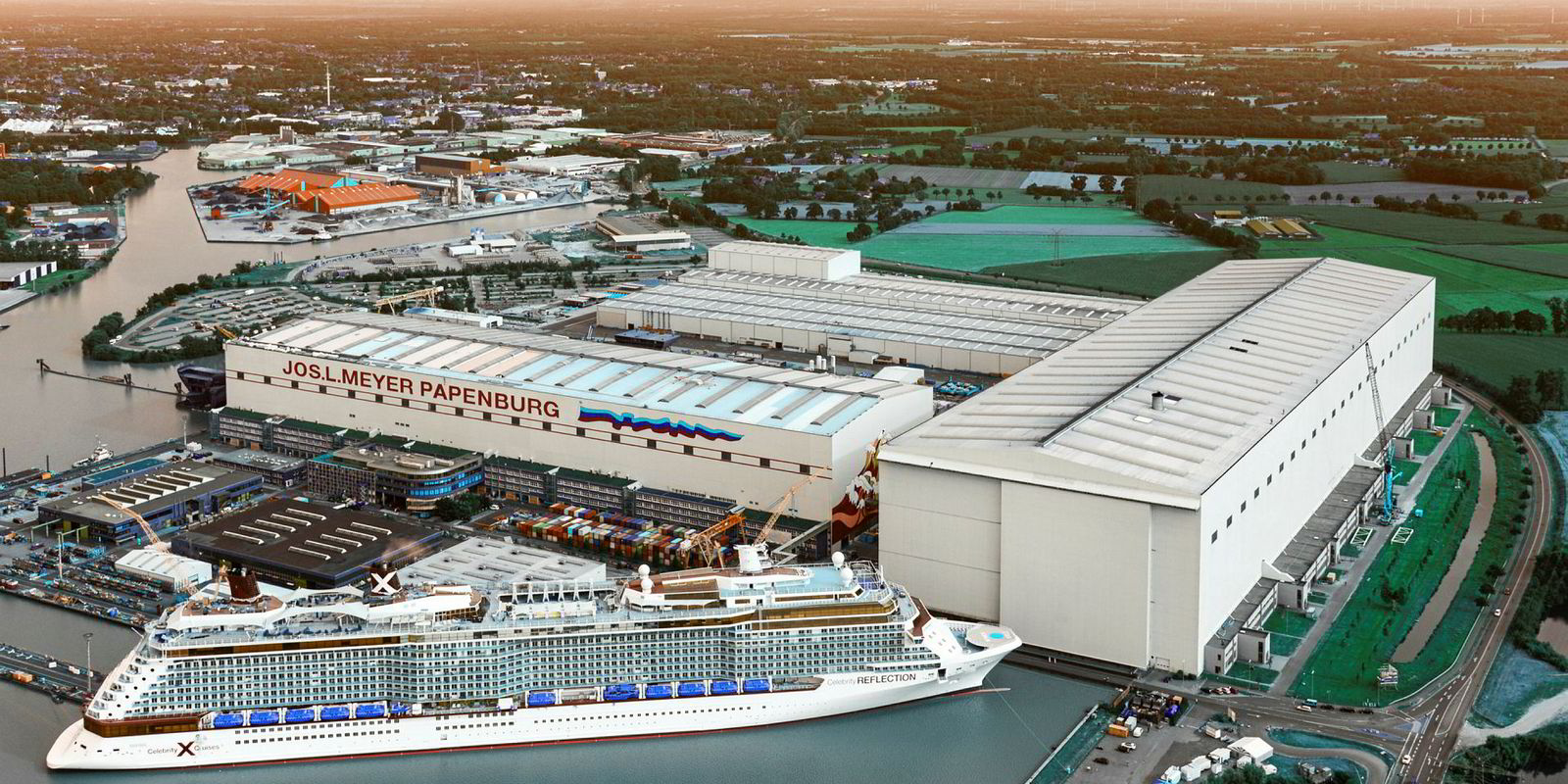Asked why Germany has been so successful in securing cruiseship contracts, German Shipbuilding and Ocean Industries Association (VSM) chief executive Reinhard Luken pinpoints “specialisation and communication flow”.
“If you do this business over several decades, you build up a network, a very complex supply chain, where you know your players and where you have trusted relationships,” he says.
But the risk involved in building cruiseships is enormous for the yards and not reflected in the profit margins, which can be in the very low single digits.
A healthy orderbook does not equate to getting rich, Luken says. The same goes for building superyachts — another complex product reliant on a plethora of external companies that have to deliver on time.
Looking ahead, it is hoped that German yards will benefit from demand for ocean research vessels.
“We know far less about the bottom of the sea than the surface of the moon,” Luken says. “This is an area [one-off ships] where we can deliver.”
But, he says, of crucial importance to Germany is the technology revolution and growing awareness among shipowners as they respond to increasing regulation such as the IMO 2020 sulphur cap and ballast water treatment.
All good news for technology providers in Germany, which regard themselves as having a competitive edge.
This applies not only to the likes of Meyer Werft, which delivered the world’s first LNG-fuelled cruiseship — the 6,600-passenger AIDAnova (built 2018) — in December, and Marine Service, which handled design and delivery of the fuel gas supply system, but also marine and offshore equipment and systems manufacturers with an annual turnover of more than €10bn, according to Germany's Mechanical Engineering Industry Association.
That figure peaked in 2008 at €12.9bn. The equipment supply sector employs around 65,000 people, with roughly 75% of output for export.




